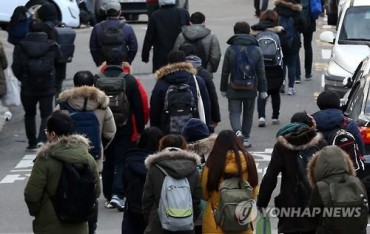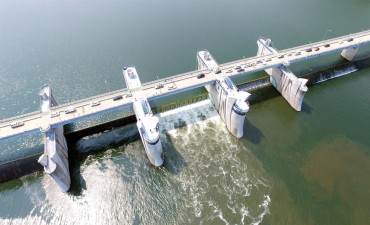
According to the Korea Iron & Steel Association on July 30, the total imports of thick steel plates during the first half of the year was 1.66 million tons, up 24.0 percent from the same period last year. (image:Bill Rape/flickr)
SEOUL, Aug. 3 (Korea Bizwire) — The volume of thick plate imports from China is rapidly on the rise, putting further pressure on the domestic steel makers already suffering from low profitability.
According to the Korea Iron & Steel Association on July 30, the total imports of thick steel plates during the first half of the year was 1.66 million tons, up 24.0 percent from the same period last year. Of these, the volume originating from China was 1.01 million tons, accounting for 61 percent in total.
In both thick steel plates for shipbuilding and non-shipbuilding applications, Chinese-made products are showing strength. The amount of shipbuilding thick plates imported from overseas was 998,000 tons during the first six months of the year. Of these, the volume coming from China was 55,000 tons, up 36.0 percent from the same period a year ago. For thick plates for non-shipbuilding purposes, Chinese-made products accounted for more than 80 percent in total.
The main reason for the rising tide of Chinese thick plates is above all low price. The average selling price of domestically supplied thick plates is about 900,000 won per ton. In contrast, the average price for Chinese-made thick plates is about 500,000-600,000 won. To make the matters worse, the strong won against the Chinese yuan makes the Chinese thick plate prices even lower.
As major Korean shipbuilders announced poor financial results, the trend toward using low-cost Chinese thick plates will be accelerated. Recently Hyundai Heavy Industries said it took an operating loss of 1,103.7 billion won for the second quarter.
Samsung Heavy Industries as well took an operating loss of 362.5 billion won in the first quarter. Even though the shipbuilders have so far relied on Japanese imports for their thick steel plates, they are likely to switch the suppliers to China as a way to cut cost.
By Sean Chung (schung10@koreabizwire.com)






